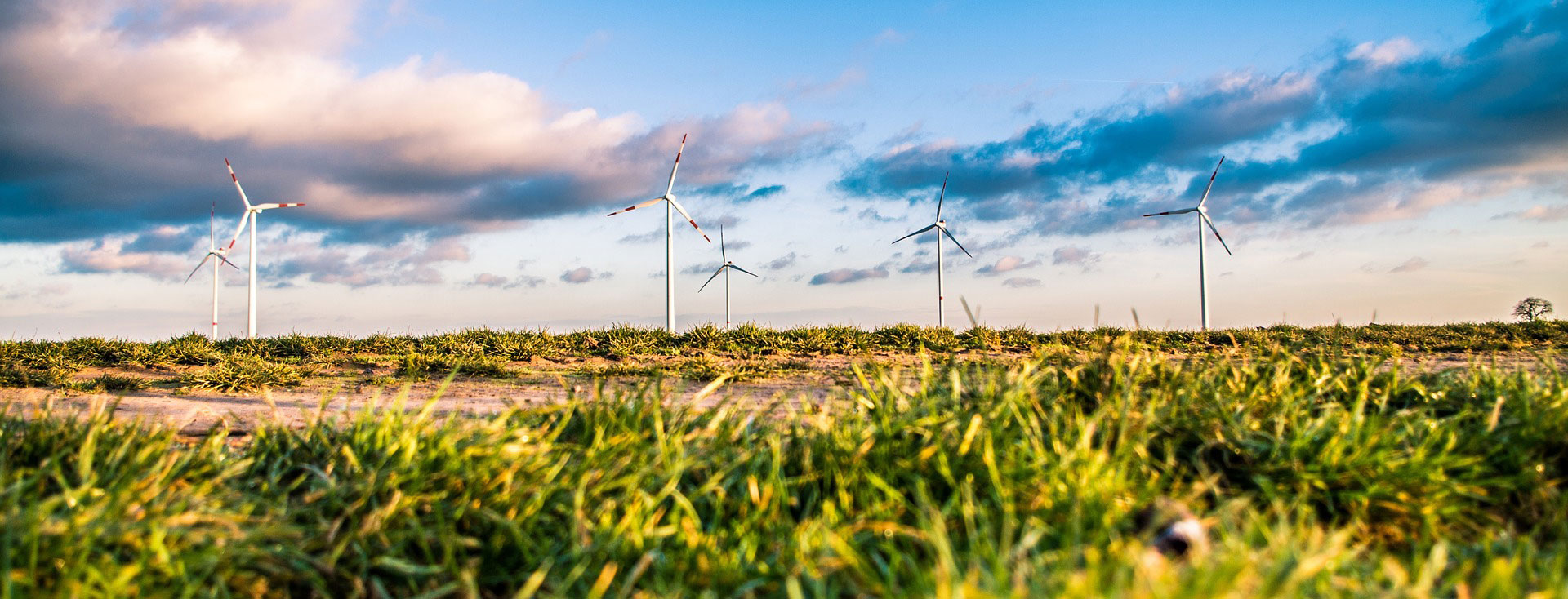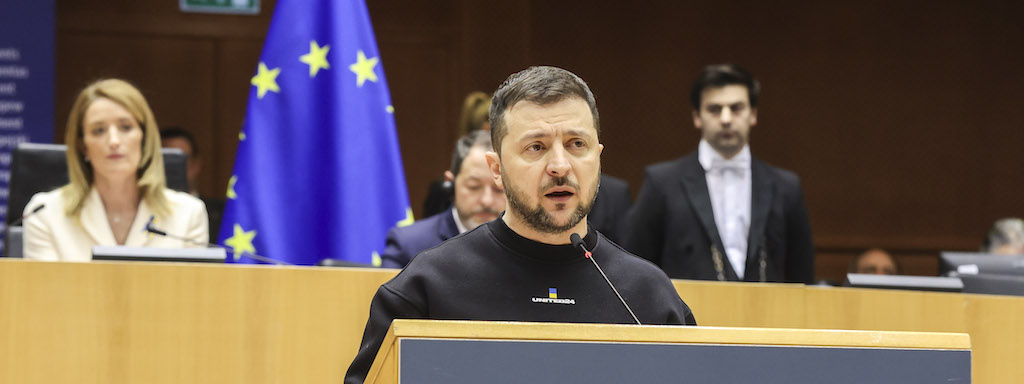Each quarter, the French electricity grid operator RTE, the Union of Renewable Energies (SER), Enedis, the Association of Electricity Distributors in France (ADEeF) and the ORE Agency draw up a detailed inventory of the development of the main French renewable electricity production sectors.
This document aims to support the deployment of green energies in France while allowing decision-makers to follow the major trajectories of our energy transition.
The 19th edition of this Panorama of Renewable Electricity was published at the end of June. Thanks to precise numerical data, this panorama allows to know the evolutions of the renewable park and the volumes of clean electricity produced during the second quarter of 2019. One learns in particular that the renewable electricity made it possible to cover more than a quarter of French electricity consumption between the months of April and June.
The French renewable park exceeds 50 GW of power
Energy transition forces, the trend is perpetually on the rise for French renewable energies. According to the latest Renewable Electricity Panorama, France has indeed increased the power of its renewable generation fleet by 578 MW between April and June 2019.
Slightly higher than the first quarter (457 MW), this additional power makes it possible to establish at 52,225 MW the cumulative total power of the renewable park. This figure is shared by almost three sectors: hydroelectricity (49%), wind energy (30%) and solar energy (17%).
At the level of production, the entire renewable energy park generated 27.1 TWh of electricity in the second quarter of 2019. This volume thus meets 25.5% of the electricity needs of French citizens.
“Renewable energies have covered 21% of consumption over the last twelve months, which is 1 point less than in the previous 12 months, due to the drop in hydraulic renewable production that has not been offset by a slight contraction in consumption. (-1.5%)”, specify the authors of the Renewable Electricity Panorama.
Solar and wind generate the majority of growth
Thanks to the connection of 310 MW of new projects in the second quarter of 2019, the wind power sector has a total capacity of 15,661 MW. Between April and June, the French turbines generated some 6.6 TWh of clean electricity, a substantial increase of 28.8% compared to the same period of 2018 (mainly due to better wind conditions).
“Wind energy thus covered 6.3% of national electricity consumption in the second quarter of 2018. With 4 TWh produced, the Hauts-de-France, Occitanie and Grand Est regions contributed to nearly two-thirds of metropolitan wind generation in the second quarter of 2019”.
On the solar energy side, 243 MW were connected to the electricity grid in the second quarter of 2019.
The French fleet therefore has a total capacity of 8,936 MW, which has produced more than 3.8 TWh of electricity without any greenhouse gas emissions. This represents an increase of 7.1% compared to the volumes generated by French solar panels in the second quarter of 2018.
“Over the last twelve months, electricity generated by the solar industry has reached 11.6 TWh. With 3.8 TWh produced in the second quarter of 2019, the sector sets a new record with an increase in production of 7.1% compared to the second quarter of 2018. New Aquitaine is the most productive region, with 3.2 TWh, in front of Occitanie and the Provence-Alpes-Côte d’Azur region (respectively 2.5 TWh and 1.9 TWh)”.
The evolution of our electricity network, the challenge of the next decades
France plans to increase the proportion of renewables in its electricity mix to 40% by 2030. An equally commendable and ambitious objective in the context of our energy transition, but which will require a real change in our transmission network and electricity distribution (whose average age now reaches 50 years).
The evolution of our electricity mix and the challenges of the energy transition have led for several years to a multiplication of energy resources and the emergence of new modes of consumption. A phenomenon that should continue in the coming years due to the low-carbon strategy of the government (connection of offshore wind farms, development of electromobility, etc.) and which will require adapting and optimizing the transport infrastructure. ‘electricity.
Every year, maintenance and development of electricity transmission infrastructure requires an investment of 1.36 billion euros. According to the Transmission System Operator, this amount will be increased to $ 2 billion over the next 15 years.
“The aim is to accommodate the new power generation facilities, which are characterized by their number, disparity in size and distribution, and variable generation for wind and solar, while ensuring safety and security of the electrical system “.


















